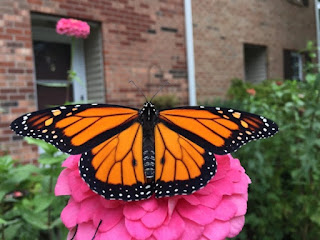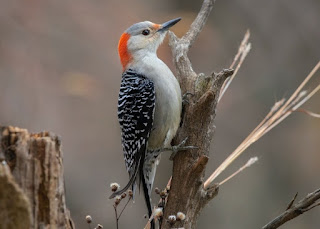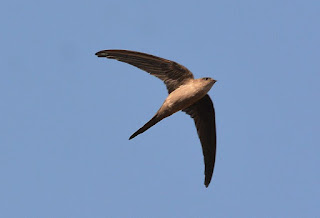Cephalopod Camouflage and the US Navy

Cuttlefish, squids, and octopuses are grouped as cephalopods , and are fascinating in and of themselves. We looked at the brain and neurons recently; the neurons of cephalopods are mostly in their arms, not their brains. Other things about them to amaze is that they are intelligent (even conniving), use their tentacles to grasp things, and have a camouflage ability that is truly startling. They blend in very quickly — yet they are colorblind. This is because the brain is not involved in the color-changing process. Cuttlefish, Freeimages / John Boyer Some folks like to criticize the military for keeping secrets and trying to find advantages in combat. Well, sure. There are people who want to hurt your country and people, you know. Getting the upper hand is common in the business world as well. The US Navy is studying these critters to learn how they do their camo thing. It is another aspect of biomimetics , where what is seen in nature is imitated for use by humans. Credit seldom ...
.jpg)
.jpg)
,%20Flickr%20%20Lip%20Kee%20(CC%20BY-SA%202.0).jpg)
.jpg)
.jpg)
.jpg)
.jpg)

.jpg)

%20.jpg)
,%20Flickr%20%20Lip%20Kee%20(CC%20BY-SA%202.0).jpg)


.jpg)

.jpg)
.jpg)
